From physics and chemistry to cars and consumer products, Germany is a world leader in innovation. Few countries have contributed so much to science and technology as Germany. The simple fact that Germany had more Nobel Prizes in the sciences than any other nation speaks volumes about the country’s awesome scientific research.
Companies such as Siemens, Mercedes-Benz, BMW, Volkswagen, Porsche, Bosch, SAP, DHL, Nivea, Adidas and Bayer are just some of the well-known brands from Germany. Even as far back as World War 2, German tanks – Panzer and Tiger – were the most iconic and feared machines built by the nation. Simply put, the best engineers come from Germany.
For the same reason, China, with its deep pocket, has been gobbling up German companies. But while the Chinese has the money to buy Germany technology companies such as the high profile US$728 million bid for chip maker Aixtron, China also secretly wishes to become an engineering marvel like Germany.
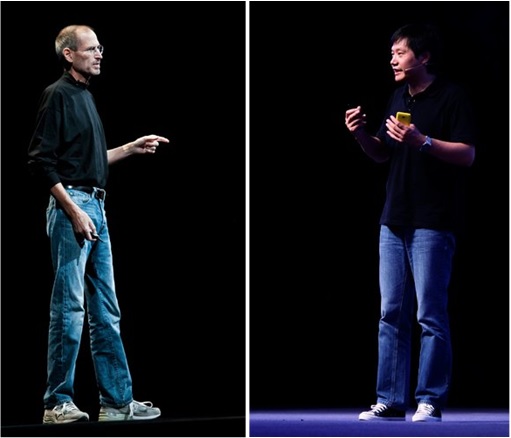
While many have laughed at China for being the world’s biggest copycat, they have obviously forgotten that Japan was also once a great copycat. Like Japan, not only China copies everything they could get their hands on, they also try to innovate through reverse-engineering. After all, why reinvent the wheel – wasting time in creating something that already exists?
Unfortunately, no matter how smart the Chinese are, there’s something still missing from their products – global recognition. Customers buy Made-in-China products because they’re cheap, not because of its quality. The Chinese knew they could only go so far by merely copying low-end products such as smart phones or mobile phone covers.
They knew the sector where serious money can be made is area such as global aviation. Selling a commercial plane or a fighter jet is better than selling hundreds of millions of iPhone cover. That’s why Chinese Premier Li Keqiang appealed Germany last year to help its home-grown C919 passenger jet to get a European Union airworthiness certificate.
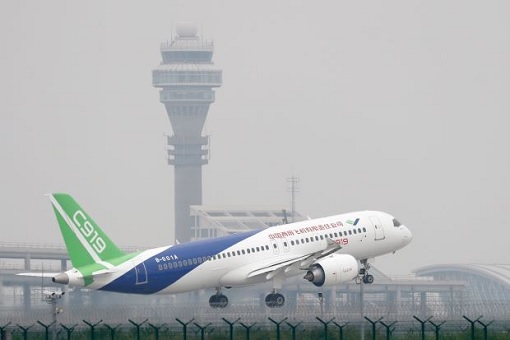
China has been pushing for global recognition of the C919, which does not yet have certification from European and U.S. regulators. Without their certification, China would only be able to sell the jet to a handful of countries that accept China’s certification standards. The Middle Kingdom is desperately seeking global recognition to help market its home-grown high-tech products.
Now, Beijing has taken their high-tech manufacturing – after various stages of copying, studying and innovating – to a new level. They reportedly wanted to sell so-called home-grown jet engine technology to Germany, obviously an attempt to boost and improve the international image of China’s manufacturing industry.
According to SCMP, Chinese scientists are trying to impress upon engineering guru Germany that the Made-in-China turbine blades are capable of withstanding temperatures several hundred degrees Celsius higher than the melting point of metallic alloys. If succeeded, China could sit at the same round table of world class technology producers.
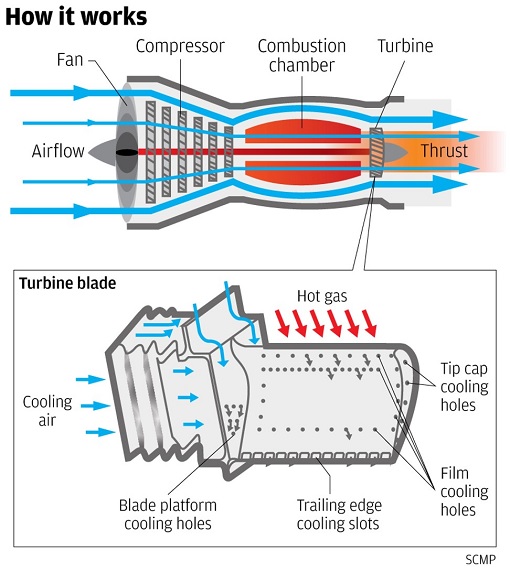
Turbine blades convert heat generated by combusted fuel into the energy that propels a plane. They are one of the most important components in modern aircraft – both military and civilian – and their quality determines how safe, powerful and durable a jet engine will be. The technological progress, if recognized, will provide a vital step for Made-in-China jet engines.
While China is the biggest market for Airbus and Boeing, they also develop its own passenger jet – the C919. To prove that they are in the same league, or at least getting closer, as big boys Boeing and Airbus, China’s J-20 stealth fighters were equipped with WS-15 turbofan jet engine, never mind the J-20 was actually a copy of F-22 Raptor after terabytes of data were stolen.
A Lockheed test pilot had acknowledged that Chinese J-20 could easily outclass U.S. 4th generation fighter jets. Also called Black Eagle, J-20’s WS-15 engines produce 44,000-lbs of thrust each as compared to the U.S. F-22 Raptor’s 35,000-lbs of thrust per engine. Rebranded as J-20A, China became the second air force in the world to operate a 5th generation stealth fighter jet after the the U.S.
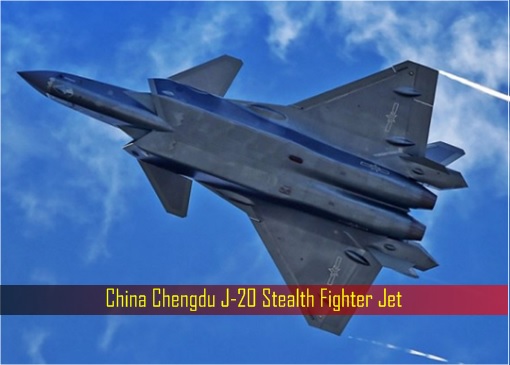
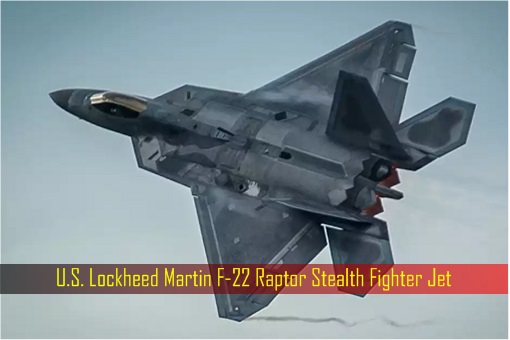
It would be a great deal to China if Germany, a country which built the world’s first fighter jet at the end of the World War 2, could be convinced of Beijing-Berlin cooperation. Jet engine makers from the U.S., Britain and France such as General Electric, Pratt & Whitney, Rolls-Royce and CFM have been researching turbine blades for decades and regarded their technology as top secret.
In exchange for selling Chinese turbine blades technology to Germany, China hopes to buy some technology or high-tech hardware from the Germans such as compressor, which sends fresh air into the combustion chamber. With more than 1,700 military planes in service, the domestic market alone is sufficient to justify a win-win partnership between China and Germany.
Still, there’re concerns that this is another Chinese gimmick to copy and reverse-engineer Germany technology. Furthermore, Germany as a country doesn’t really need Chinese turbine blades technology as the European Union produces its own Eurofighters. China, however, deserves the credit for the rapid advancement as a result of huge allocation in R&D (research and development).
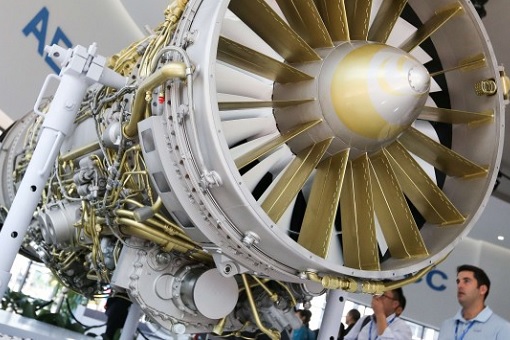
Other Articles That May Interest You …
- Meet Zuma – The Missing $1 Billion Military Satellite That Pentagon Refuses To Explain
- Chinese Flag Raised At Sri Lanka Port Raises Concern Of China Secret Naval Base
- How U.S. Military Is Scammed $20 Billion Buying 100 Stealth Fighters That Can’t Fight
- Why Didn’t The U.S. Shoot Down Kim’s Missile? The Answer Is Quite Embarrassing
- Trump’s Declaration Of War – 20,000 South Koreans Could Die … Per Day
- China Has Spoken – If US-South Korea Strikes North Korea, We Will Defend Kim
- Watch Out US, Japan, India – China Launches Asia’s Biggest Type 055 Destroyer
- Declaration Of War! – U.S. Military Wants Control Over Ports In China & Russia
- China Invasion – Top 10 American Iconic Brands Now Owned By Chinese
- Here Are Russia’s 3 Awesome Weapons Which The U.S. Is Absolutely Terrified Of

|
|
January 15th, 2018 by financetwitter
|


|

|

|

|

|

|




























Germany needs the WS-15 engine for the Eurofighter because the US Congress do not allow the export of the PW119 engine.THe WS-15 has a thrust of 40,000 lbs. and a thrust to weight ratio of 10.The PW 119 engine has a thrust of 35,000 lbs.and a thrust to weight ratio of 8